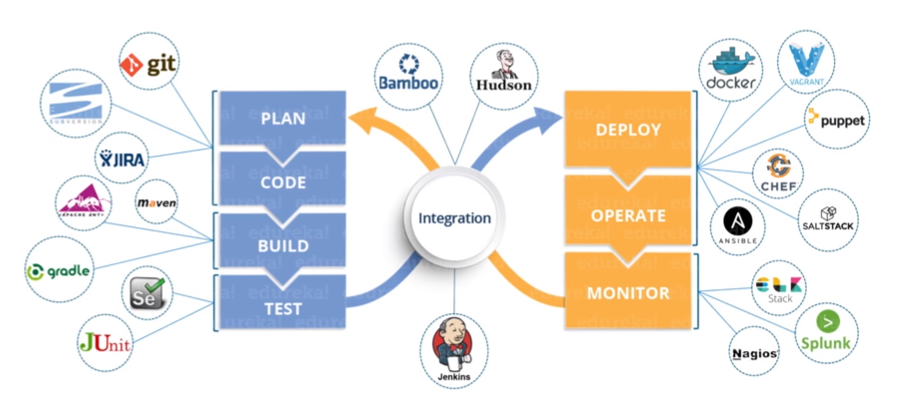|
Traditional Organization
|
Agile Organization
|
|
In a traditional firm the organisation is seen as a number of separate
departments, each of which is either a cost centre, like IT or HR, or a
profit centre like Sales. The difference is that a cost centre doesn’t
contribute directly to revenue. Costs are allocated to each cost centre, and
cost efficiencies come from reducing the operating costs in the cost centres
and maximising the revenue from the profit centres. Common strategies for
reducing costs, especially towards the end of the financial year, are
limiting travel, reducing variable headcount by laying off contractors and
other temporary staff, shifting work to cheaper countries or locations
(“moving the work to the people”), repurposing legacy hardware and equipment,
and forcing teams to use standard components to minimise “cost per use”.
Common strategies for maximising revenue are offering commissions on sales,
setting aggressive quarterly targets, and offering incentives and rewards for
achieving specific goals. Gains come from maximising resource utilisation,
i.e. keeping people busy.
|
In an agile organisation—in the broader sense of business agility—the
organisation is seen as an interconnected system where all departments are
value-generating, either directly contributing to the final product or
indirectly enabling the organisation to work more effectively. Value chains
map the creation of value through the organisation, ending with meeting a
specific customer need. Costs and revenues are allocated holistically across
the whole value chain, and cost efficiencies come from optimising the flow of
value. Common strategies for reducing costs are identifying and eliminating
non-value adding activities, limiting the amount of work in process to reduce
hidden inventory of work, and assembling multi-disciplinary teams to reduce
handoffs and other delays (“moving the people to the work”). Common
strategies for maximising revenue are working iteratively and incrementally
in small batches to realise value sooner and improve Risk-adjusted Return on
Capital, frequent testing of product ideas with customers to identify which
work not to do, and enabling teams to choose the most effective tools to
reduce their time to market. Gains come from optimising flow efficiency, i.e.
keeping work moving.
|
Scraps from various sources and my own writings on Generative AI, AGI, Digital, Disruption, Agile, Scrum, Kanban, Scaled Agile, XP, TDD, FDD, DevOps, Design Thinking, etc.
Page Hits
Thursday, August 09, 2018
Traditional vs. Agile Organizations
Dan North on Agile Transformation
"Transformation
is not a transactional activity that starts and ends and has a budget, and it
should not be treated as one". It is never finished, in the same way
evolution or adaptation is never finished. The goal is rather to break free from
the thinking that led to the incumbent system by introducing a new paradigm,
and then to use this to achieve a new steady state where the organisation is
responding quickly and effectively to external and internal feedback, behaving
like a genuine learning organisation.
Lean Agile Procurement
https://www.lean-agile-procurement.com/mission
DAYS instead of Months
NEEDS instead of Wants
ADAPTIVE instead of Fixed
PARTNERSHIP instead of Relationship
FUN instead of pain
DAYS instead of Months
NEEDS instead of Wants
ADAPTIVE instead of Fixed
PARTNERSHIP instead of Relationship
FUN instead of pain
Tuesday, August 07, 2018
Subscribe to:
Comments (Atom)
If we already have automation, what's the need for Agents?
“Automation” and “agent” sound similar — but they solve very different classes of problems. Automation = Fixed Instruction → Fixed Outcome ...
-
Requirements Analysis -- Business requirements document or business requirements specification System Design -- Systems requireme...


